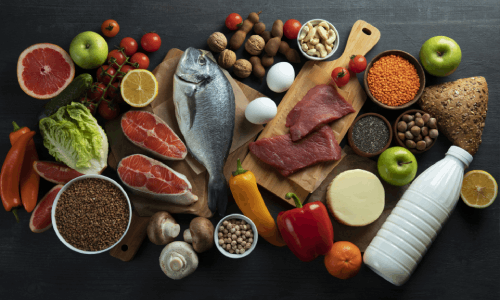Coriander seeds and leaves have played a vital role in Indian cuisine for many years. The herb’s scientific name is Coriandrum Sativum Linn, but it is also known as Dhanyaka or Dhanya, translated as ‘the rich one.’ Its earthy and rejuvenating taste is well recognized, and it also provides several health benefits. Let’s thoroughly analyze… Continue reading Medicinal Properties of Dhanyaka (Coriander)
Medicinal Properties of Dhanyaka (Coriander)









